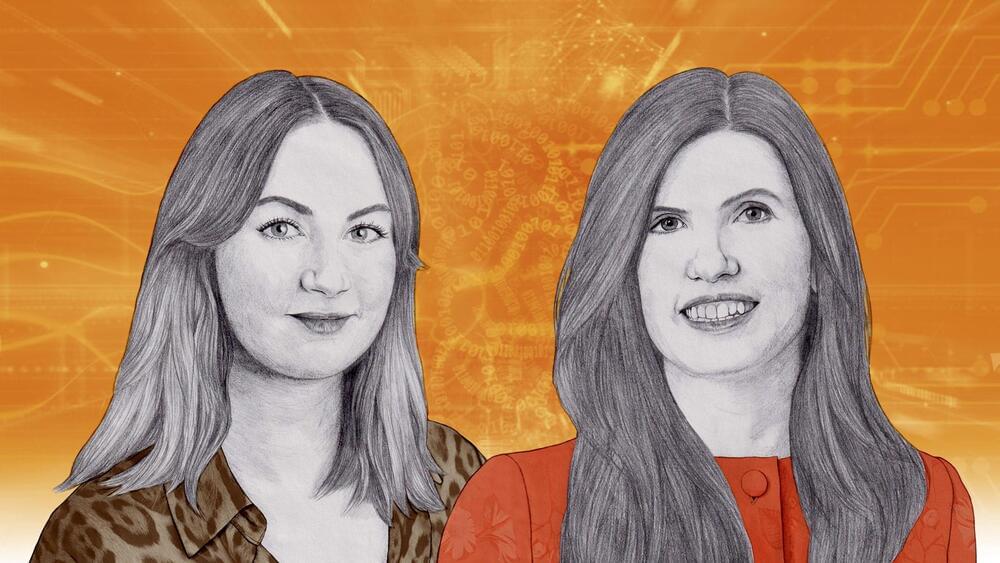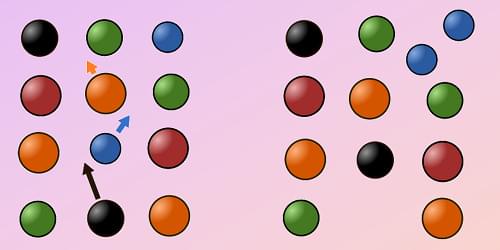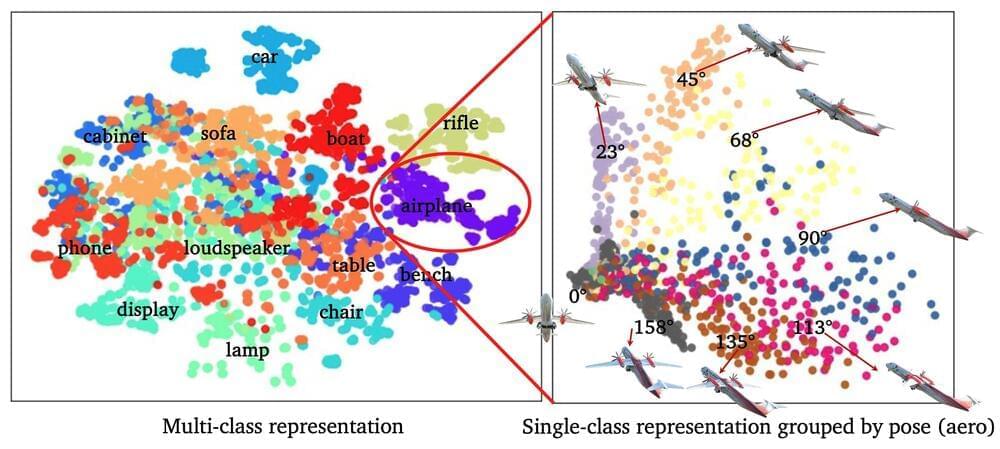As the amount of genomic data grows, so too does the challenge of organizing it into a usable database. Indeed, the lack of a searchable database of genomic information from the literature has posed a challenge to the research community. Now, Genomenon’s AI-based approach—the Genomenon Genomic Graph (G3) knowledgebase—combines patient and biological data from nearly all published scientific and medical studies, including demographics, clinical characteristics, phenotypes, treatments, outcomes, and disease-associated genes and variants.
Training of the underlying large language model for G3 uses Genomenon’s proprietary, curated genomic datasets. The knowledgebase will power AI-driven predictive models for clinical diagnostics and drug development applications.
The Ann Arbor, MI, based Genomenon—a provider of genomic intelligence solutions—notes that this advancement represents the first time that content from the entire corpus of clinically relevant literature will be captured in a single, searchable knowledgebase.








